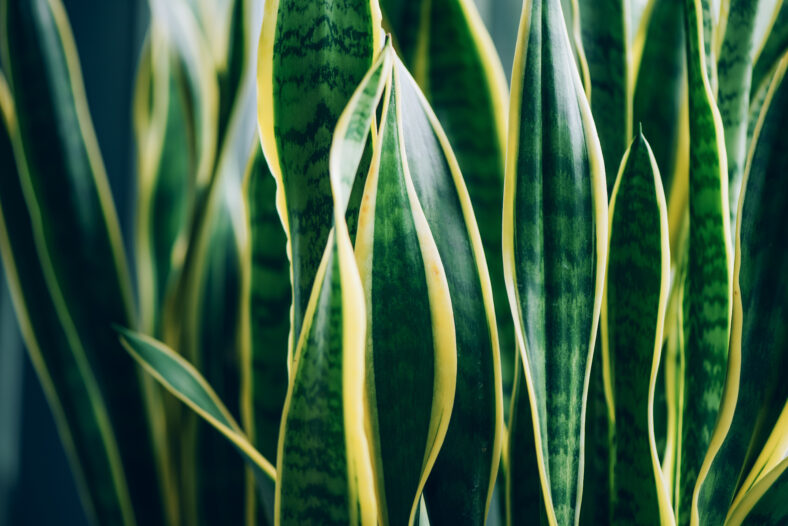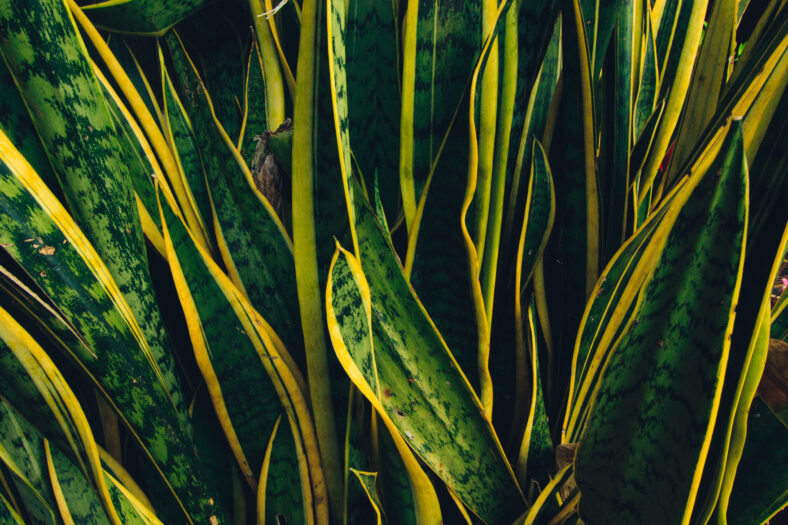What You Need To Know About Caring For A Snake Plant

Snake plants have remained a favorite among houseplant enthusiasts for plenty of reasons. Primarily, this resilient plant is renowned for its ability to thrive with minimal care. That’s why it’s the perfect choice for people with busy schedules or those who are new to plant parenting.
They are incredibly drought-tolerant, able to withstand weeks without water and adapt well to a range of lighting conditions, from low and medium light to bright indirect sunlight.
And in interior decorating, snake plants are a designer’s dream. Their clean, vertical lines can complement both modern and minimalist spaces, and their sword-like leaves bring a bold and sculptural aesthetic to any space.
There are dozens of varieties and cultivars to choose from as well, meaning snake plants offer endless possibilities to add texture and personality to your home decor.
Here’s everything you need to know about caring for this hard-to-kill houseplant.
How To Care For The Snake Plant
If you’re new to the houseplant game, the snake plant is the way to go, as it can tolerate a variety of growing conditions. It grows well in temperatures between 70°F and 90°F and humidity levels of 30% to 50%.
However, you should keep your plant away from any cold drafts, as extended exposure to temperatures below 50°F can kill it.
When it comes to soil, snake plants prefer loose and well-draining potting soil. All-purpose cactus potting soil is a good option since they actually thrive in sandier soil mixes. Just avoid soil mixtures that contain a lot of peat, as it might hold onto too much water.

Sign up for Chip Chick’s newsletter and get stories like this delivered to your inbox.
As for light, the snake plant does best when it gets eight to 10 hours of indirect sunlight or a couple of hours of direct sunlight in the early morning each day.
Snake plants can handle some shade, too. But if they don’t get enough light, their color may be diluted, and their growth can be stunted.
You will only have to water the snake plant once its soil has dried out. And during the winter, its watering needs tend to be even less.
Check on the dryness of your snake plant’s soil about every two weeks; it may only need to be watered once a month in the chilly season.
It’s crucial to note that the easiest way to kill a snake plant is by over-watering it. If you notice any yellowing leaves, that’s an early warning sign that you should adjust your watering routine.

Then, during the warmer months, you can use a slow-release 10-10-10 fertilizer that’s diluted to half strength to feed your plant. This can be done once in the spring and once in mid-summer, but never during the winter.
Finally, there are some common pests that snake plants are susceptible to, including spider mites, aphids, gnats, scales, mealybugs, and whiteflies.
Most of these can be removed either with your hands or washed away using a gentle spray of water. And for infestations, neem oil is an effective treatment.

More About:Gardening





